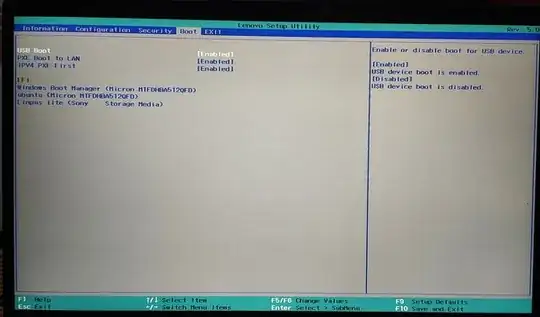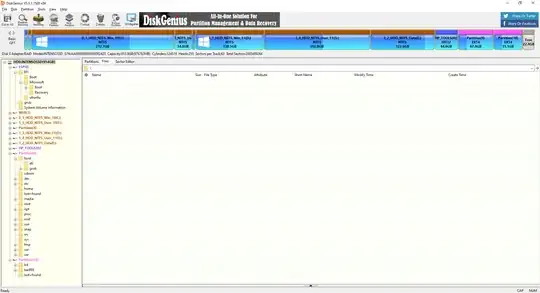I copied from eli's answer in Unix forum
Cause: boot process can't find the root partition
Solution
Please type
ls
This will show all partitions, and then type individual
ls (hd0,1)/
ls (hd0,2)/
... and so on, until you find like
(hd0,1)/boot/grub or (hd0,1)/grub
In case of EFI,
(hd0,1)/efi/boot/grub or (hd0,1)/efi/grub... now set the boot parameters accordingly, just type this with your number
set prefix=(hd0,1)/grub
set root=(hd0,1)
insmod linux
insmod normal
normal
now it would boot and please open the Terminal and put this command line
sudo update-grub
... it should boot correctly in the next time. If not, you have to go through the steps again. In other case, you might have to repair or install grub again, please look at this article.
My SW: Windows 10 and Ubuntu 16.04 dual boot
HW: HP Pavilion 15t

